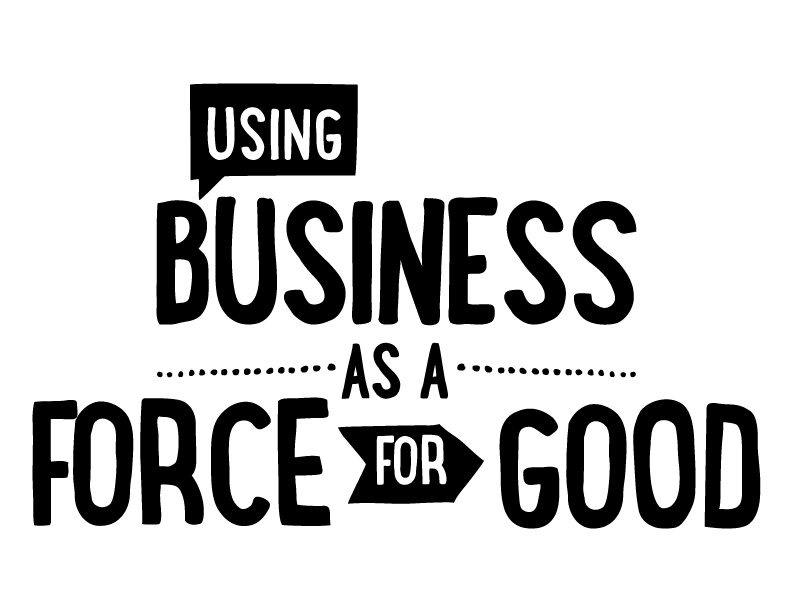Nash Billimoria
Why I Quit My 6-Figure Banking Job and Swore Never to Go Back

Nash following his passion for backcountry ski mountaineering
Starting Out
I began my career, fresh from university, working for Credit Suisse First Boston. I'm poor with remembering dates but it was around the year 2001. So many years on and still vividly remember riding the escalator at Canary Wharf on my first day, blurry-eyed from the early wake up, clutching one of those massive Starbucks coffee cups and craning my neck in awe at the tall buildings. People were striding confidently in pin-stripe suits. I thought to myself, “this is the new me, I’ve arrived, I’ve made it!”.
It was a far cry from student life and it really didn’t take me long to adapt. The boardroom meetings, shaking hands with the CEO and the talk of “people are our biggest asset” added to my sense of importance.
I started working my way up the infamous corporate ladder and within just a few years, I’d moved to the trading floor where I set up the “Control and Special Functions Group”. I continued on that path for years, continuing to aspire to greater responsibility, a sexier title and more money. I worked hard, tried even harder to impress and spent a lot of time and money "living the life".
Need for change
At some point, I can’t say exactly when, I came to the clear realisation that things weren’t that well with me. Even though things on the outside were fine, I found myself intensely dreading Monday’s. I was slightly overweight, way less fit than I wanted to be and wondered what my contribution and value was worth. It felt like I hadn’t really chosen the life I was living, it had just happened to me. I’d lost sight that I was responsible for my own life and definition of success. I would read the New Statesman and had the underlying feeling I really was part of a problem and not a solution. Paired with that, I had no real satisfaction with the work I was doing. If I did it was short lived. I'd work on a project for 6 months, a year or however long and at the end, after the momentous effort, it would be a quick pat on the back and then on to the next thing. Nothing tangible to show for my efforts.
I remember coming back from a holiday, I’d been ski mountaineering in Wyoming with my brother and I was deeply struggling to acclimatise back to my corporate life. I asked myself this simple question:
“Do you want your boss’s job? What about his boss, do you want that? If not, what are you doing here?”
Planning
Almost as quickly as the question came to mind, I had the answer. That answer meant making some big changes and taking control of my situation. I knew I wanted out, but I also knew I wanted something radically different. Leaving this job, just to get another one in a different industry which would pay less, didn’t seem like a good trade off. So I set about thinking and planning.
First, I quit my permanent job and took a long holiday. I came back energised, ready and reinvented my CV for a business analyst / project manager contractor role. I’d give up all the luxuries of a salaried job – paid holidays, private health cover, bonuses, job security, promotions, a pension etc. and instead, I’d go for a no-job-security, more stressful, paid by the day role. If it worked, I’d treble my earnings overnight.
I started applying for jobs which were way out of my league with little of the requisite experience. With determination and some good blagging skills, I landed my first role at Deutsche Bank on a 3-month contract. About 9 months in I got a call from a head-hunter. She was pitching a new role at Barclays Capital – I impatiently told her I wasn’t interested. Just before hanging up though, I had the good sense to ask her: “by the way, how much is it paying?” – when she told me, I almost fell off my chair. So, I promptly changed my mind, applied, got an interview and landed the job in Finance Change.
My plan was simple, I was going to scale down my lifestyle, spend less and save like crazy. I decided I was going to buy some property which I’d turn into an investment project to create a passive income which would buy me some time to plan my next move.
As no one would lend me the money for the building project, my wife Priti and I would have to save up the cash ourselves – (yep, she bought into my plan as well. I convinced her to quit a great job as an economist in government and come back to banking where she could earn more – “One step back for two forward” I told her and then sold her on a one year plan which I marginally overshot by five and a half years!)
Renewed focus
Now I was focused. The job suddenly had a purpose, it was a means to an end and the end was in sight. For years, on weekends and with my spare time I was viewing properties and learning. I made over 200 offers for distressed properties before finally buying a house with development potential in 2010. The slight problem was the project was much bigger than I’d expected, I had no experience in property and was short about a two hundred and fifty grand!
After dozens of spreadsheets and hours on the phone, I managed to raise the money from a trusted source: mum and dad! Yep, they were gracious and crazy enough to invest in me. So, with tremendous help from an amazing father-in-law (who, conveniently is an architect), I was ready.
On the 11th of December 2011, Priti and I quit our jobs. It was one of the best days of our lives.
The project
In February 2012 she went to India to learn about Yoga and become a teacher and I went head on into the building game – first demolishing the house we’d been living in (and selling everything for some cash, even the kitchen sink for a fiver on ebay!) and then spending the next eighteen months learning the hard way, on site, trying to project manage, fumble and steer a beast of a construction project.
We were “all in”, no savings, no safety net, nada. We lived with Priti’s parents because we couldn’t afford rent. There were so many obstacles along the way that should have floored us, but we had no option of giving up. Miles off budget and about six months behind schedule, in early September 2013 we had done it, we’d built a small block of four flats which we quickly rented out.

Early beginnings
While on the building project, I’d taken on some freelance consulting work for a friend who was running a business in the local area. Snowed under with running the day-to-day, he needed help understanding performance management and building new processes. I began researching the mechanics of exceptional performance and building a system and process around them. It resulted in growth for the business and a turn around in the company culture.
After the building project, I decided to continue helping businesses with growth and began to research, develop, read, attend courses, interview business leaders and generally apply my strengths and energy in the new direction.
Business as a force for good

The movement of business as a force for good is what really captured my interest, I see it as an antidote to many of the rising challenges of our generation and an opportunity to create scalable social change. I realised that there are two macro-level forces at play: 1. The declining trust in business and 2. The rise of meaning and the success of the purpose led brands that I was studying. There was a clear market opportunity which aligned perfectly with my strengths and interests so I committed and moved to capitalise.
Fast forward to today, my passion is to accelerate the paradigm change that I perceive in the world of business – where businesses can create better and bigger profits, happy and productive places to work and can benefit and provide real value to society in ways which safeguards and builds a more abundant and prosperous future for generations to come: Business as a force for good.
With all that water under the bridge, a new sense of purpose and direction, a sense of anticipation for the unfolding of the next chapter in the adventure, I couldn't ever see myself returning to a job which I felt no passion for.
Three pillars growth model
I’ve since developed and deployed my High Impact Culture method, which has been the foundation of Re-Map's consultancy work.